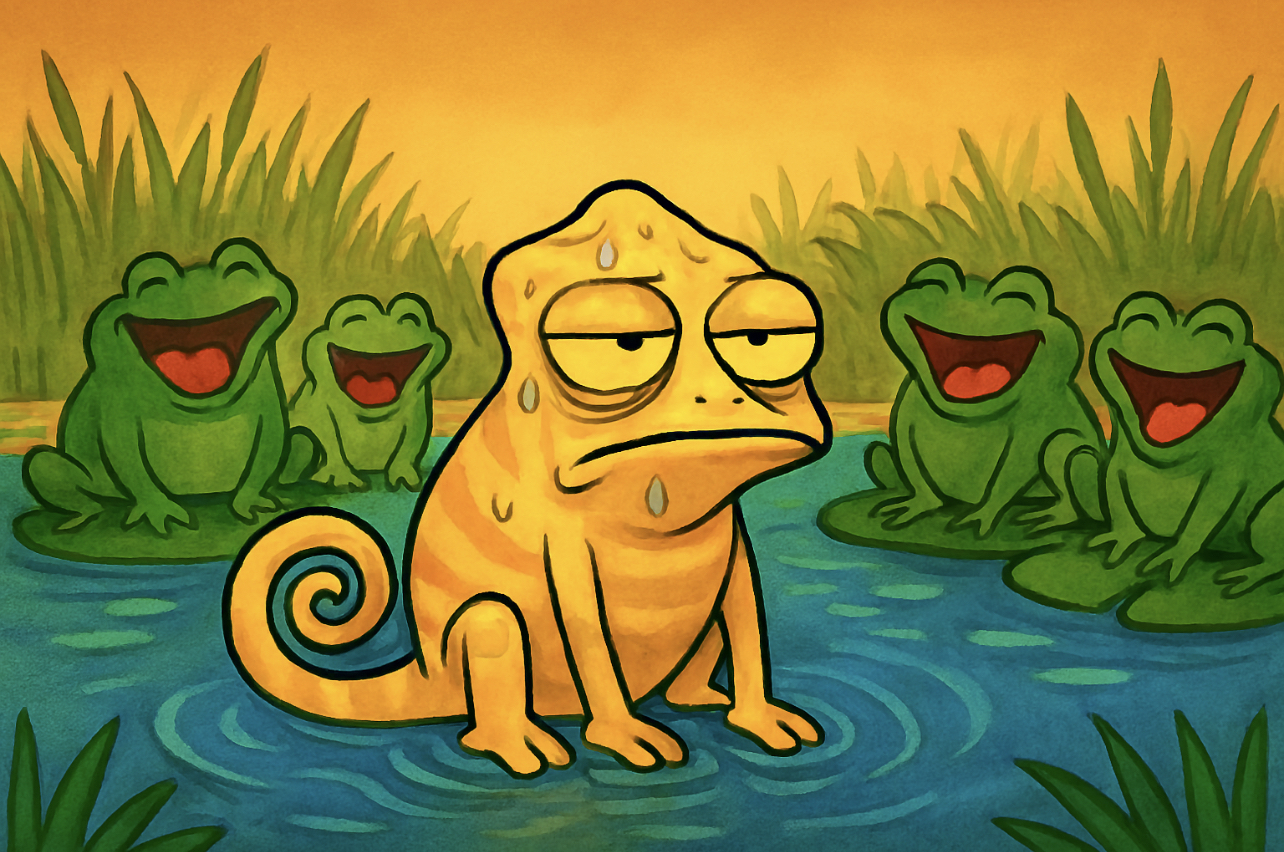Myth 43: “Water Must Be Provided Without Limitations”

Sometimes, providing too much care can be worse than neglect. Chameleons are sensitive creatures that require precise and uncompromising care in captivity; otherwise, they may suffer and have shortened lifespans. While it's positive that people are now giving chameleons some basic care and not neglecting them, there is a growing trend of overcaring — especially when it comes to hydration.
Some owners mistakenly treat chameleons like frogs, flooding their enclosures with excessive water. I often get questions about how to drain cages, only to discover setups with misting systems running three times a day for 30 minutes each, plus 12 hours of fogging at night. That's not care — that's drowning.
This leads to:
Chameleons becoming constantly wet
Respiratory infections
Fungal infections on the feet
Osmosis
Dilution of internal enzymes to inefficient concentrations
Discomfort
Disrupted homeostasis
Digestion problems
Diseases or potential death
And let's not forget the mess: excessive water draining becomes a problem for the owner too. Instead of misting systems, I urge you to use natural nighttime fogging — but only if your nighttime temperatures drop below 18°C (65°F). Otherwise, skip it.
When Harmless Turns Harmful
Water is essential for life, but even harmless substances can become poisonous when overdone. This principle applies to humans — and even more dramatically to chameleons.
Substance Normally Harmless Toxic in Excess Chameleon Sensitivity
Water: Vital for life Water intoxication (humans: >6L in hours) Toxic at just 3–6ml!
Oxygen: Needed to breathe Lung damage, seizures at high concentrations Same risk applies
Carbon Dioxide: Natural in air Asphyxiation in confined spaces Same risk applies
How to Identify Proper Hydration
Chameleons don't need a flood — they need balance. You can monitor hydration by observing their waste:
Urate color: Should be white with yellow or orange crystalline part comprising 15 to 50% of its mass, white indicated overhydration, over 50% orange indicates dehydration.
Faeces consistency: Should be firm or dry and of black color. Watery or overly soft stool may signal overhydration or infection, same with grey or light brown color.
These are your indicators. If you're unsure, adjust your hydration strategy accordingly. Don't guess — observe.
Feeders Provide Water Too
Feeder insects already contain significant moisture:
"Dry" insects: ~60% water
Caterpillars and soft-bodied feeders: up to 90% water
This means your chameleon is getting hydration through its diet. You don't need to drown them in mist to keep them healthy.
Final Recommendation
Provide adequate amounts of water — not too little, not too much. Observe your chameleon's urates and feces regularly. Adjust based on what you see. Remember: precision saves lives. Hydration is not about excess — it's about balance.